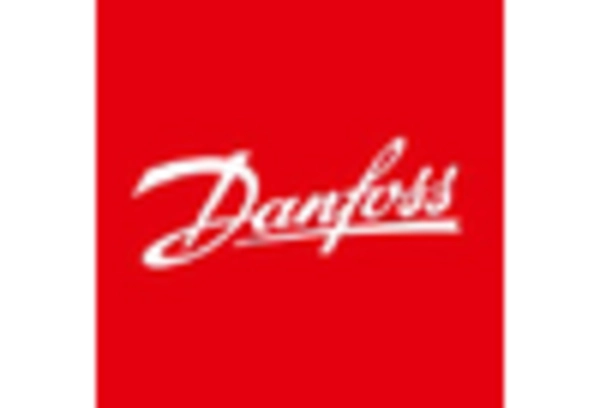Market Share
EMEA Wearable Medical Device Market Share Analysis
In the dynamic landscape of the wearable medical device market, companies employ various market share positioning strategies to gain a competitive edge and meet the evolving needs of consumers. One prevalent approach is differentiation, where companies strive to distinguish their products through unique features and functionalities. This may involve incorporating advanced sensors, improving data accuracy, or enhancing user interface designs. By offering distinct advantages, companies can attract a niche audience or create a competitive advantage that sets them apart.
Another key strategy involves pricing, where companies strategically set their product prices to appeal to specific market segments. Some companies opt for a premium pricing strategy, positioning their wearable medical devices as high-end products with superior quality and additional features. This can target consumers who prioritize advanced technology and are willing to pay a premium for top-of-the-line devices. Conversely, other companies pursue a cost leadership strategy, aiming to capture a larger market share by offering more affordable options without compromising on essential functionalities. This approach targets price-sensitive consumers and expands the overall customer base.
Market segmentation is another pivotal strategy in the wearable medical device market. Companies analyze the diverse needs of consumers and design products tailored to specific demographic groups or medical conditions. For instance, devices catering to fitness enthusiasts may emphasize features like activity tracking and sports-specific metrics, while those targeting individuals with chronic illnesses may focus on continuous health monitoring and personalized feedback. By understanding and catering to specific market segments, companies can create targeted marketing campaigns and product offerings that resonate with the intended audience.
Partnerships and collaborations play a crucial role in market share positioning within the wearable medical device sector. Companies often seek strategic alliances with healthcare providers, insurance companies, or technology firms to enhance the overall value proposition of their products. Integration with electronic health records, telehealth platforms, or wellness programs can significantly increase the attractiveness of wearable medical devices to both consumers and healthcare professionals. Such partnerships not only broaden market reach but also strengthen the credibility and trust associated with the brand.
Innovation and continuous research and development are fundamental components of market share positioning in the wearable medical device industry. Staying at the forefront of technological advancements allows companies to introduce cutting-edge features, improve device performance, and address emerging healthcare trends. This proactive approach positions companies as industry leaders, instilling confidence in consumers and healthcare professionals alike. Furthermore, ongoing innovation enables companies to adapt swiftly to changing regulatory requirements and maintain compliance, ensuring long-term market sustainability.

















Leave a Comment